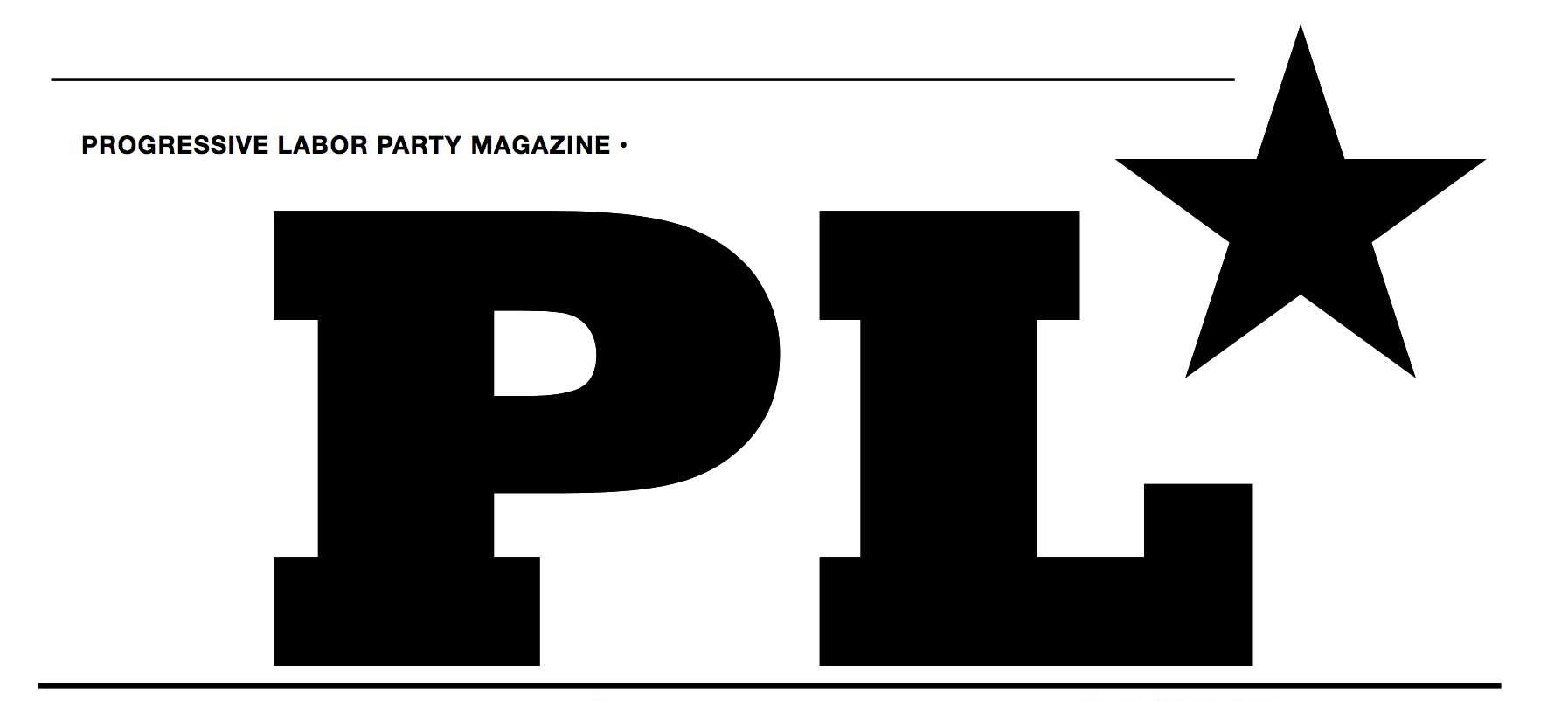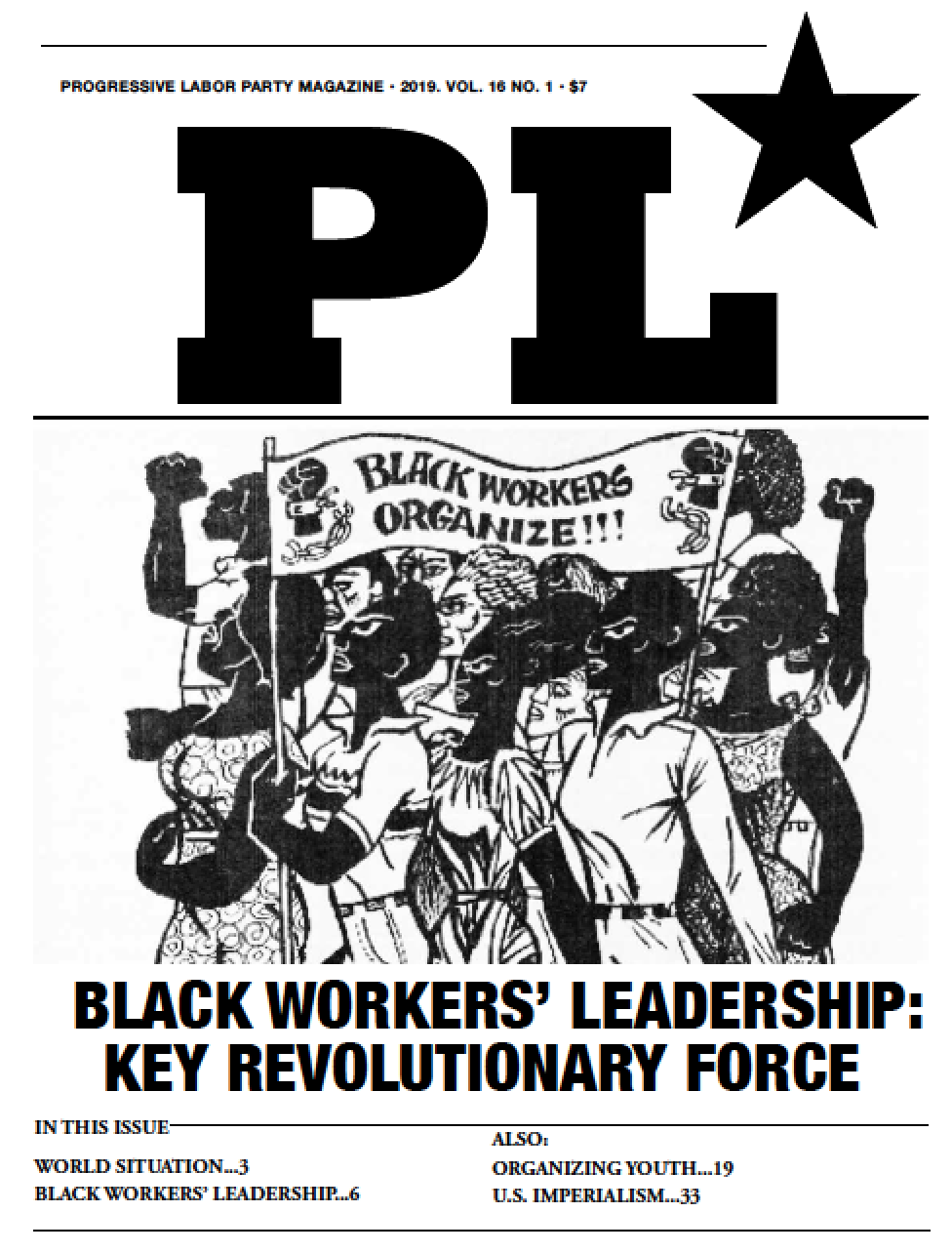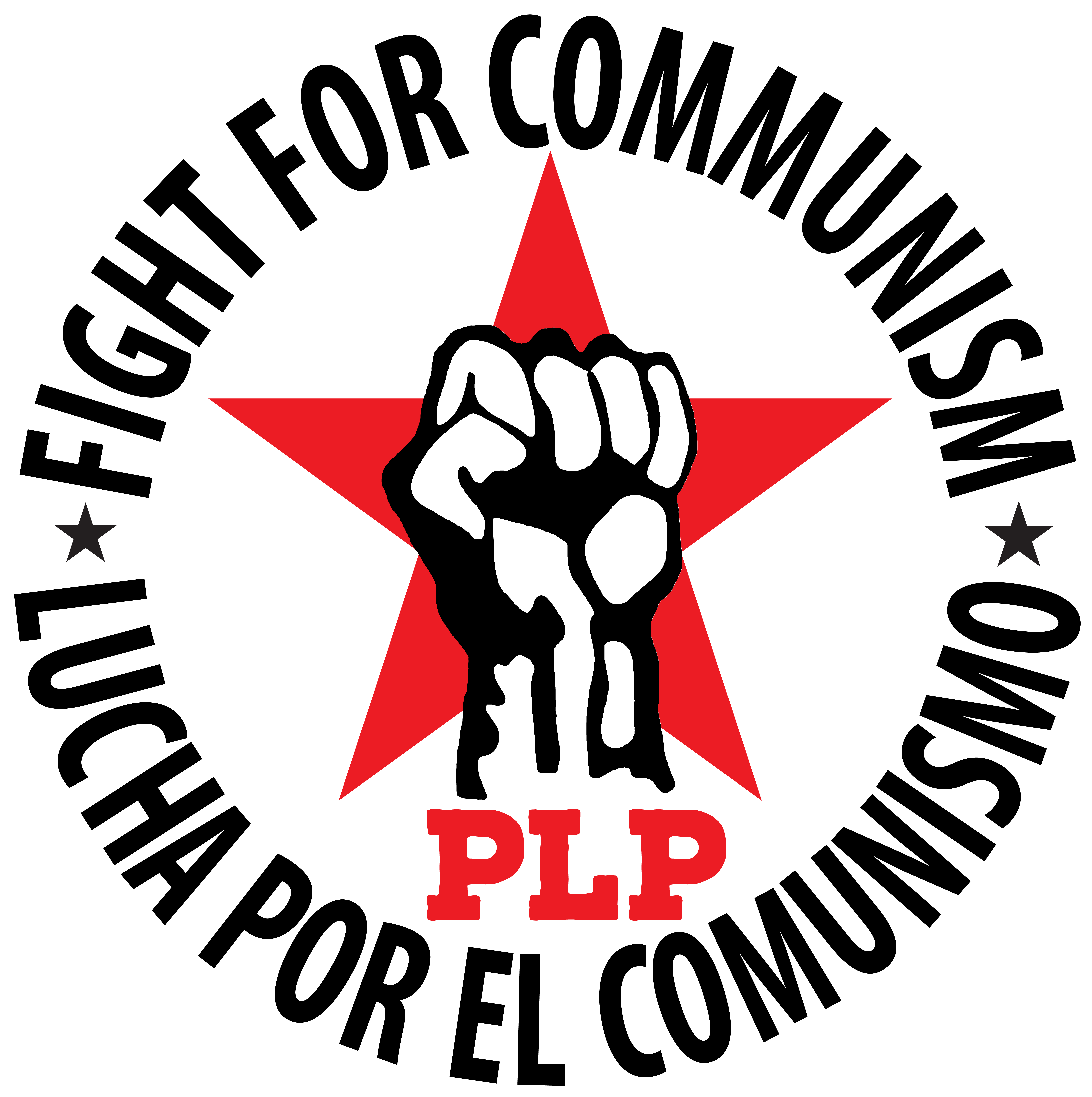Proletarian literature shows multiracial unity
 Monday, July 25, 2022 at 6:39PM
Monday, July 25, 2022 at 6:39PM  That white workers are hurt by racism is a key principle of communist analysis. The standard liberal rant is that white people—regardless of class—all benefit from “white supremacy.” The only basis for white people to engage in antiracist fightback is thus missionary sympathy or guilt; they can be at best “allies” in struggles in which, so to speak, they have “no skin in the game.” The reality is much different.
That white workers are hurt by racism is a key principle of communist analysis. The standard liberal rant is that white people—regardless of class—all benefit from “white supremacy.” The only basis for white people to engage in antiracist fightback is thus missionary sympathy or guilt; they can be at best “allies” in struggles in which, so to speak, they have “no skin in the game.” The reality is much different.
The truth is that all members of the working class worldwide are hurt by the racist super-exploitation and division of Black and nonwhite workers. While workers with darker skin experience greater levels of poverty and state-sponsored violence, many working-class people designated as “white” suffer from low wages, lousy housing, inadequate medical care, unemployment, and hunger. To the extent that racial divisions depress wages for all workers—and keep workers of all skin colors and nationalities from uniting in their shared class interest—the bosses laugh all the way to the bank.
Legacy of multiracial unity
But such divisions have also been fought and overcome. In the U.S., there is a rich legacy of white-authored proletarian literature that attests to an often obscured history of militant multiracial unity. The novels of Myra Page—The Gathering Storm (1932), Daughter of the Hills (1950)—feature white and Black organizers among sharecroppers and miners. Her 1935 novel Moscow Yankee—set among unemployed U.S. auto workers finding employment in the early 1930s USSR—features antiracist class consciousness as a key measure of whether or not white workers embrace Soviet-era socialism. That a Black expatriate worker takes the lead in saving a tractor factory from anticommunist sabotage testifies to the integral connection between multiracial unity and communist internationalism.
Especially significant is a cluster of novels–all authored by white working class women–focused on the 1929 textile workers strike in Gastonia, North Carolina: Mary Heaton Vorse’s Strike! (1929); Grace Lumpkin’s To Make My Bread (1932) and A Sign for Cain (1935); Fielding Burke’s Call Home the Heart (1932) and A Stone Came Rolling (1935). While ultimately brutally crushed by the arm of the state, the strike taught many lessons: about the key role of women in the class struggle, about the need for multiracial solidarity.
Fictionalized versions of Ella Mae Wiggins—an inspiring singer-songwriter-strike leader who was murdered by bosses’ vigilantes—are featured in several novels. According to Vera Buch, a communist organizer, Wiggins was singled out because of her commitment to racial equality (Kristina Horton, Martyr of Loray Mill: Ella May and the 1929 Textile Workers’ Strike in Gastonia, North Carolina, McFarland, 2015). In To Make My Bread, Wiggins
is featured as Bonnie McClure, a mountain woman turned millworker whose close friendship with a Black co-worker sets a model for other white workers at first hesitant to abandon their racist socialization. In A Sign for Cain, multiracial relationships are solidified, conjoining the struggles of sharecroppers and millworkers facing intensified state violence in the face of labor militancy.
By no means is multiracial solidarity always portrayed in utopian terms in this body of literature. In Call Home the Heart, Burke honestly confronts the intense emotional battle experienced internally by her white protagonist upon being embraced by a Black woman whose husband has just been saved from lynching.
Although the 1935 sequel shows that the two women have become good friends, their bond is clearly the personal fruit of the broader class struggle.
Now as then, it is those inhabiting the “big houses” (and big banks!) who profit from racist division—whether their representatives are the bigger-danger flash liberal smiles and preach “inclusion” (for war) or are the smaller fascist Proud Boy muscle shirts and preach “replacement theory.
It is no accident that almost all the writers associated with the proletarian literary movement of the 1930s and 1940s were communist or pro-communist. Members and friends of Progressive Labor Party—as well as the multiracial crowds of millions who are standing up against racism—have a red legacy of which we are justly proud. The working class fighters are all comrades—not allies—in the struggle for a better antiracist world.

 literature,
literature,  poetry
poetry 




 Progressive Labor Party (PLP) fights to destroy capitalism and the dictatorship of the capitalist class. We organize workers, soldiers and youth into a revolutionary movement for communism.
Progressive Labor Party (PLP) fights to destroy capitalism and the dictatorship of the capitalist class. We organize workers, soldiers and youth into a revolutionary movement for communism.




Reader Comments